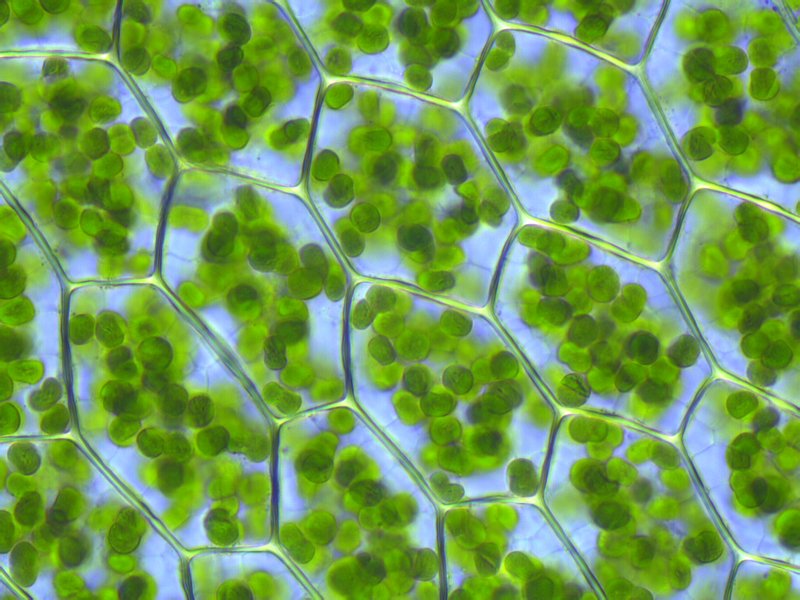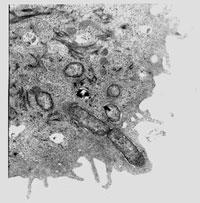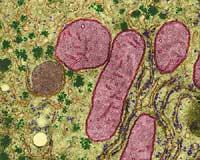They calculate when bacteria became part of eukaryotic cells
2013/06/27 Galarraga Aiestaran, Ana - Elhuyar Zientzia Iturria: Elhuyar aldizkaria

Millions of years ago some bacteria introduced into eukaryotic cells became part of the cell. Thus, some organelles emerged, that is, small bodies with a specialized function within the cell. Examples of these are mitochondria and chloroplasts.
For many researchers, an attractive challenge has been to discover when this important step of evolution occurred. The calculations carried out so far were not very accurate, as they represented a period of 800 million years and 3,000 million years. Now, however, researchers at the University of California have achieved greater precision and, according to them, it did not happen as soon as some thought. In fact, in the case of chloroplasts, it is estimated that about 900 million years ago.
The above calculations have been based mainly on fossil remains of bacteria and chemical indicators. On the contrary, Californians have used the genetic method, since in the DNA of the mitochondria and current chloroplasts the genes of those original bacteria are preserved, which have receded in time knowing the rate of mutation of the genes. Thus they have come to calculate that 900 million years ago cyanobacteria became chloroplasts of eukaryotic cells. The results have been published in the scientific journal PNAS.
Gai honi buruzko eduki gehiago
Elhuyarrek garatutako teknologia






